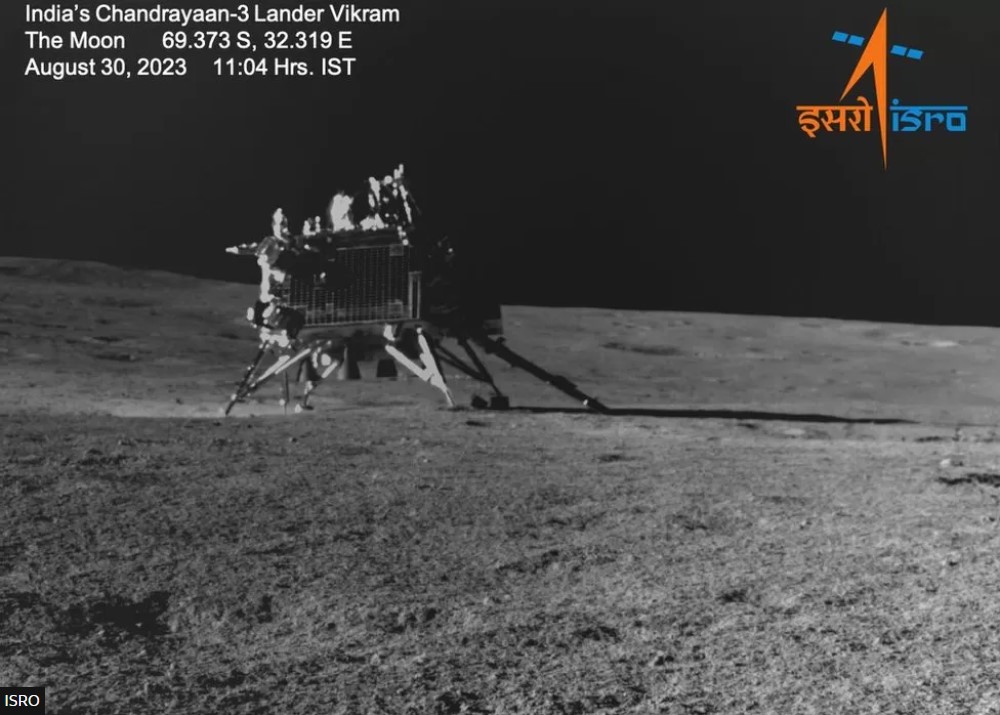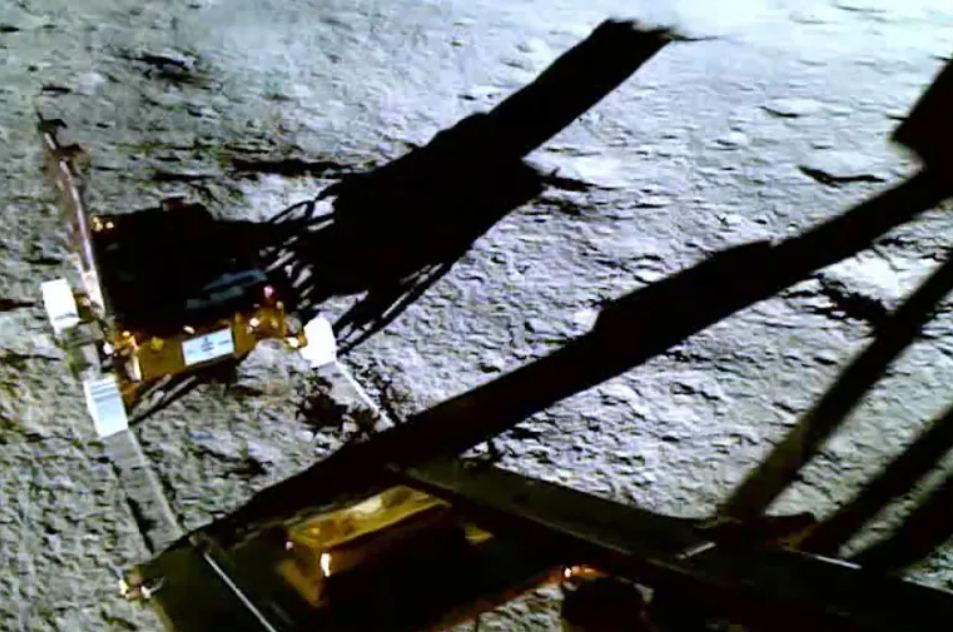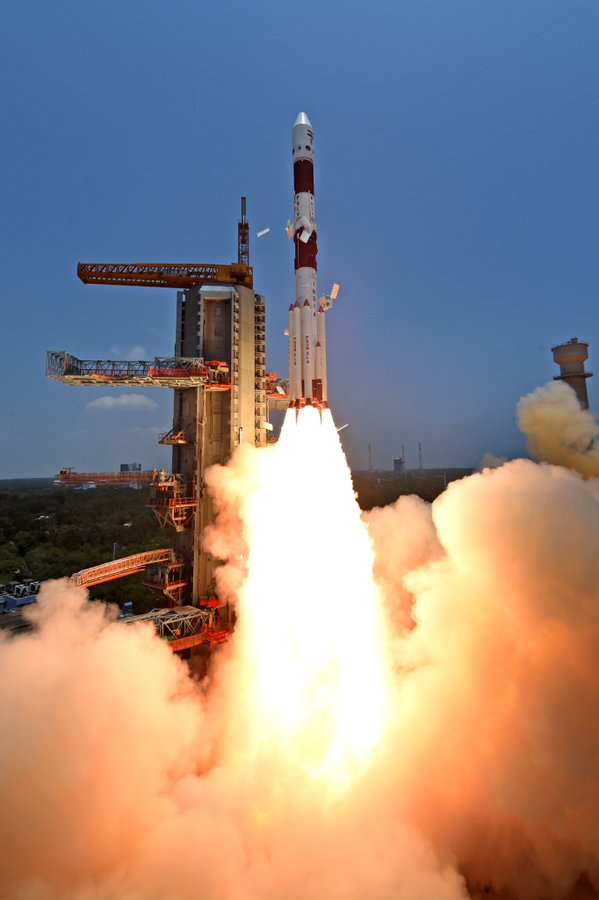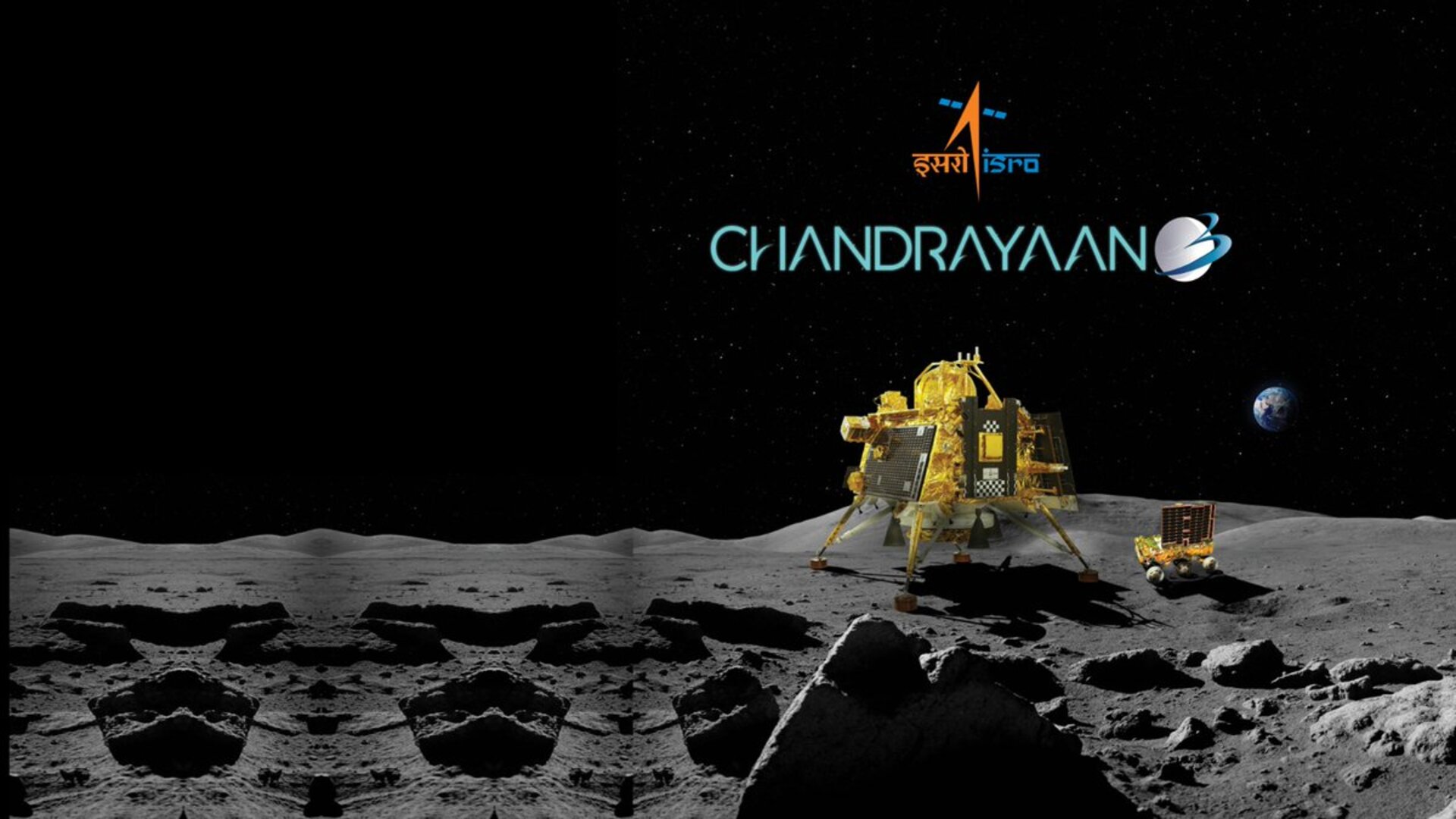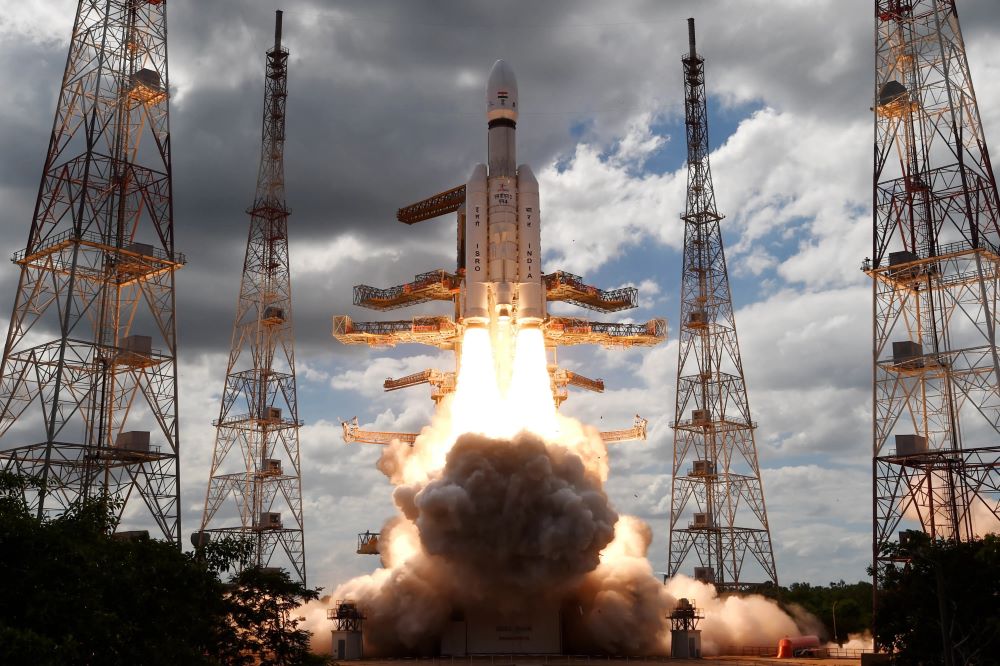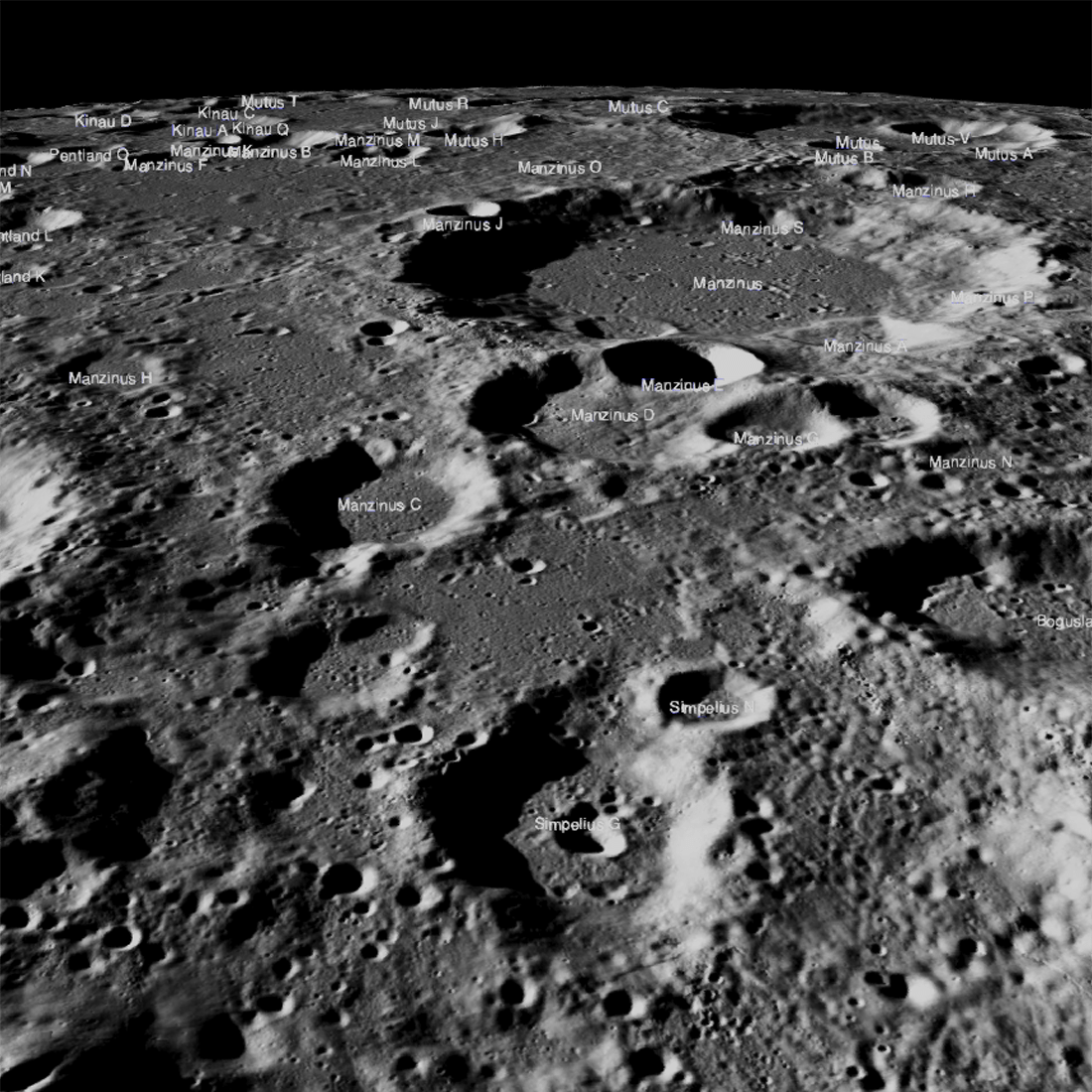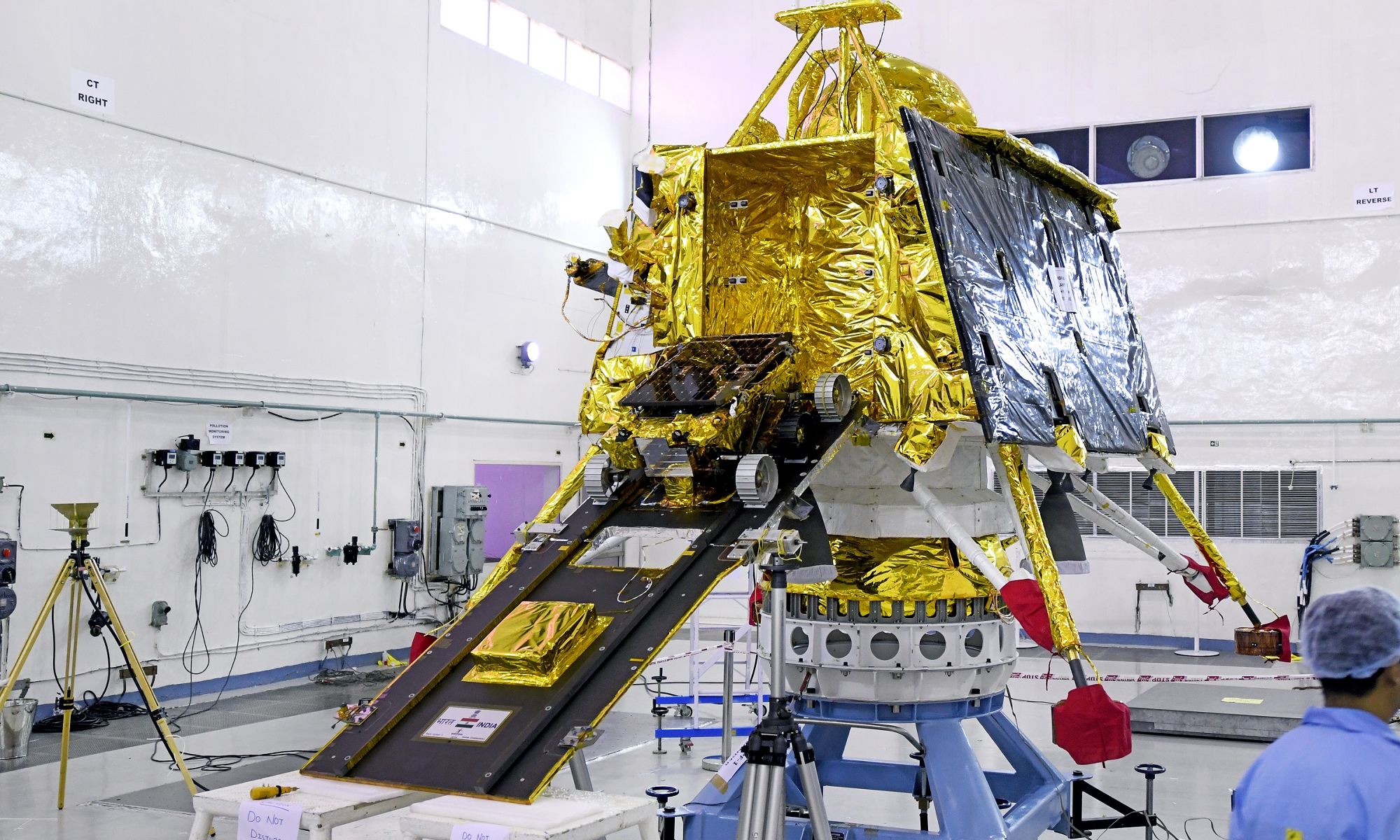On August 23, ISRO’s Vikram lander detached from its propulsion module and made a soft landing near the Moon’s south pole region. The lander then deployed its Pragyan rover, and for two weeks the endearing little solar-powered rover performed marvelously, detecting water ice and characterizing the makeup of the lunar regolith before succumbing to the darkness and cold of the lunar night.
But since the rover mission ended, the propulsion module that brought it to the Moon has made a detour, performing a series of complex maneuvers that took it from a tight lunar orbit back to Earth orbit. This was possible because the module still had more than 100 kg of fuel, allowing scientists to conduct additional maneuvers and experiments.
Continue reading “For its Final Trick, Chandrayaan-3 Brings its Propulsion Module to Earth Orbit”

